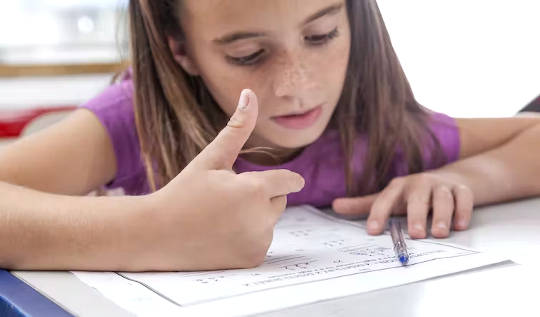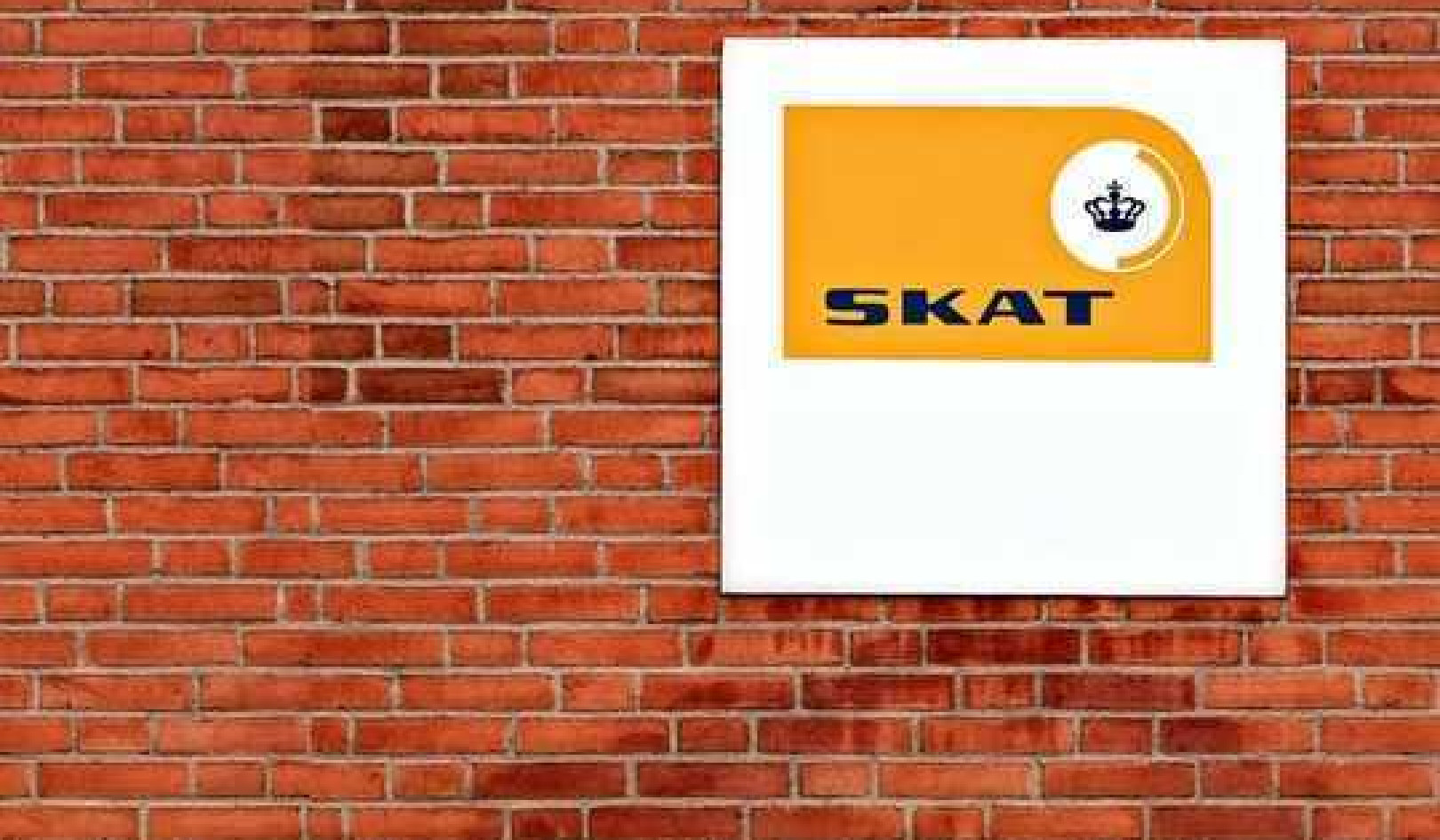A good grasp of maths has been linked to greater success in employment and better health. But a large proportion of us – up to 22% – have mathematical learning difficulties. What’s more, around 6% of children in primary schools may have dyscalculia, a mathematical learning disability.
Developmental dyscalculia is a persistent difficulty in understanding numbers which can affect anyone, regardless of age or ability.
If 6% of children have dyscalculia, that would mean one or two children in each primary school class of 30 – about as many children as have been estimated to have dyslexia. But dyscalculia is less well known, by both the general public and teachers. It is also less well researched in comparison to other learning difficulties.
Children with dyscalculia may struggle to learn foundational mathematical skills and concepts, such as simple counting, adding, subtracting and simple multiplication as well as times tables. Later, they may have difficulty with more advanced mathematical facts and procedures, such as borrowing and carrying over but also understanding fractions and ratios, for instance. Dyscalculia not only affects children during maths lessons: it can have an impact on all areas of the curriculum.
These persistent difficulties cannot be explained by a general below-average ability level, or other developmental disorders. Nevertheless, children with dyscalculia may also experience other learning difficulties, such as dyslexia and ADHD.
Here are some practical tips to support children with mathematical learning difficulties.
Use props
Children with dyscalculia can find additional practical supports useful when working out even simple sums and maths problems. They may often need to use practical aids, such as their fingers or an abacus. They can benefit from using counters and beads to make sets or groups, as well as using number lines to work out answers to maths problems.
Older children may find it helpful to keep crib sheets handy, which make information such as the times tables or certain formulas easily accessible. Inclusive teaching methods like these are likely to benefit all learners, not just those with dyscalculia.
Break the problem down
Research shows that metacognition can have a positive effect on maths learning. Metacognition is “thinking about thinking” – for example, thinking about the information you do and don’t know, or self awareness about the strategies you have to work out problems.
Teaching children strategies to identify where to start on a problem and how to break mathematical problems down could be a good starting point. For example, parents and teachers could encourage children to use songs and mnemonics to help them remember strategies to solve particular problems.
For example, the mnemonic DRAW provides students with a strategy for solving addition, subtraction, multiplication, & division problems:
D: discover the sign – the student finds, circles, and says the name of the operator (+,-, x or /).
R: read the problem – the student reads the equation.
A: answer – the student draws tallies or circles to find the answer, and checks it over.
W: write the answer – the student writes out the answer to the problem.
Find out where help is needed
Children with mathematical learning difficulties often get stuck with maths problems and may quickly give up. Teachers and parents should ask children what they find difficult – even young children can explain this – and provide explicit instruction to support them with what they find difficult.
Focus on one thing at a time
As mathematical problems can be confusing for young people with mathematical difficulties, make sure to only work on one problem at the time. This could mean covering other maths questions on the page, and removing irrelevant pictures. Provide immediate feedback on both correct and incorrect answers. This will help children learn from their practice and understand the difference between correct and incorrect problem-solving strategies.
It may also help to provide plenty of repetition and revisiting, teach short and frequent sessions, and make sure learners know what they should do if they get stuck, such as ask an adult for help.
Use the right vocabulary
Mathematical language and symbols can also be confusing. For example, a negative number carries a minus sign, but a minus sign can also be used to define an operation such as subtraction. We often use the word “minus” for both – for instance, saying “14 minus minus 9” (14 – –9). This can be difficult to interpret. Various different words, such as subtract, minus and take away, can describe the same concept.
It is important to use clear language (for instance, “14 take away negative 9”). Helping children expand their maths vocabulary, as well as checking their understanding, will also be useful.
Play games
Mathematics is everywhere around us in the environment and what is learned in the classroom also applies to our daily lives. Our own research has shown that young children benefit from playing short mathematical games using the tools and materials around them.
Counting and collecting sets of items can be done in any place: at the dining table, in the bath, or when out and about. Practice-based educational apps can also help children master foundational maths skills.
Be positive
Finally, it is crucial to promote positive feelings towards mathematics. This might include not voicing your own concerns and negative feelings about maths. Rather, foster an interest in maths that will help children persevere and overcome their difficulties.
![]()
About the Authors
Jo Van Herwegen, Associate Professor in the department of Psychology and Human Development, UCL; Elisabeth Herbert, Associate Professor, Department of Psychology and Human Development, IOE UCLUCL IOE. Programme Director for MA SpLD dyslexia and Programme route leader for the MA in Special and Inclusive Education Specific Learning Difficulties route, UCL, and Laura Outhwaite, Senior Research Fellow in the Centre for Education Policy and Equalising Opportunities, UCL
This article is republished from The Conversation under a Creative Commons license. Read the original article.

Related Books:
Here are 5 non-fiction books on parenting that are currently Best Sellers on Amazon.com:The Whole-Brain Child: 12 Revolutionary Strategies to Nurture Your Child's Developing Mind
by Daniel J. Siegel and Tina Payne Bryson
This book provides practical strategies for parents to help their children develop emotional intelligence, self-regulation, and resilience using insights from neuroscience.
Click for more info or to order
No-Drama Discipline: The Whole-Brain Way to Calm the Chaos and Nurture Your Child's Developing Mind
by Daniel J. Siegel and Tina Payne Bryson
The authors of The Whole-Brain Child offer guidance for parents to discipline their children in a way that promotes emotional regulation, problem-solving, and empathy.
Click for more info or to order
How to Talk So Kids Will Listen & Listen So Kids Will Talk
by Adele Faber and Elaine Mazlish
This classic book provides practical communication techniques for parents to connect with their children and foster cooperation and respect.
Click for more info or to order
The Montessori Toddler: A Parent's Guide to Raising a Curious and Responsible Human Being
by Simone Davies
This guide offers insights and strategies for parents to implement Montessori principles at home and foster their toddler's natural curiosity, independence, and love of learning.
Click for more info or to order
Peaceful Parent, Happy Kids: How to Stop Yelling and Start Connecting
by Dr. Laura Markham
This book offers practical guidance for parents to shift their mindset and communication style to foster connection, empathy, and cooperation with their children.

























